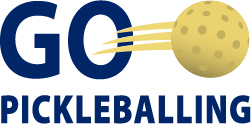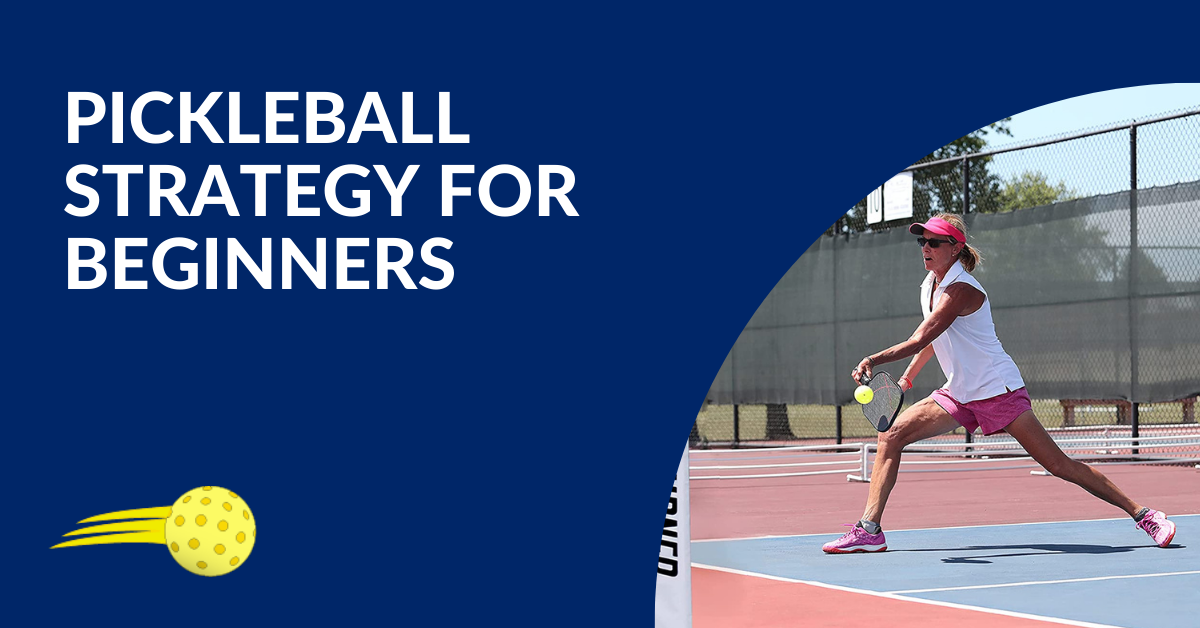When it comes to pickleball, there are certain strategies that have been ingrained into the game. However, as players progress and the sport evolves, it’s important to question and outgrow these strategies. In this blog post, we’ll explore some of the commonly repeated advice in pickleball, understand why they work initially, and discuss the need to go beyond pickleball strategy for beginners for long-term success on the court.
Shop Pickleball GearTable of Contents:
- Just Get the Serve In
- Getting Past “Just Get Your Return In”
- The Dinking Delusion
- Embracing Speed and Power
- Reconsidering the Middle Takes the Forehand
- The Drop and Rush Dilemma
- Moving Away from “Middle Solves the Riddle”
- Backing Off the Non-Volley Zone Line
- The Transition Zone: Not No Man’s Land
- Counter-Attacking instead of Always Resetting
- The Need for Strategic Thinking
Just Get the Serve In
Initially, focusing on consistency and getting the serve over the net is advisable. However, as players progress, short and high serves become vulnerable to aggressive returns. Players should strive to hit deep serves with control, making it challenging for opponents to mount an immediate offensive. A deep serve pushes the opponents back, allowing the serving team to gain positional advantage and control the point.

Getting Past “Just Get Your Return In”
Consistency in returns is crucial at the start. However, relying solely on getting the return over the net limits one’s potential. Players should aim for deep returns that push their opponents back, setting a tone for the point. By hitting deep returns, players gain positional advantage and create opportunities for offensive shots, putting pressure on the opposing team.
The Dinking Delusion
Dinking is often emphasized as the essence of pickleball. However, it’s important to recognize that a well-rounded player needs to excel at both touch shots and power shots. In modern pickleball, the ability to handle fast-paced exchanges and hit with pace is becoming increasingly important. Players should develop a balance between speed and touch, utilizing both hard and soft shots effectively.
Embracing Speed and Power
Contrary to the notion that hard hitters are ruining the game, the ability to hit with pace and control is crucial in any sport. In pickleball, a balance between speed and touch is necessary to excel. Players should embrace the need for both fast and slow shots to become well-rounded competitors. The ability to hit with power allows players to create offensive opportunities and maintain control of the point.
Reconsidering the Middle Takes the Forehand
The idea that the player with the forehand should always occupy the middle is not a hard and fast rule. It depends on each player’s strengths and weaknesses. The best players can adapt, switch sides, and effectively utilize their backhand shots. Strategic positioning should be based on maximizing strengths and exploiting opponents’ weaknesses, rather than adhering strictly to conventional roles.
The Drop and Rush Dilemma
Rushing the net immediately after a drop shot is not always the best approach. Players should assess the quality of their drop shot and choose whether to advance or stay back based on the situation. Taking time to hit a solid drop or driving shot can be more effective in setting up advantageous positioning. Rushing in after a low-quality drop can lead to getting caught out of position and being vulnerable to counter-attacks.

Moving Away from “Middle Solves the Riddle”
The concept that hitting shots through the middle is the ultimate solution oversimplifies the game. Players need to create patterns and combinations of shots that work against specific opponents. It’s crucial to explore various angles and speeds to create gaps and exploit weaknesses effectively. Understanding pickleball strategy for beginners and the opponent’s positioning and adapting the shot selection accordingly can lead to success on the court.
Backing Off the Non-Volley Zone Line
While staying near the non-volley zone line is generally advantageous, there are times when players should back up. This includes anticipating a high bounce on an incoming drop shot or when dealing with a defensive situation. The key is to find the right balance between offensive positioning and defensive strategies, adjusting the position as per the specific context of each point.
Learn the Rules of the Kitchen
The Transition Zone is Not No Man’s Land
The transition zone, often referred to as “no man’s land,” is an essential area on the court. It’s acceptable to be there briefly, but players should aim to move through it quickly and assertively. Being comfortable in the transition zone allows players to maintain control and adapt to different situations effectively. Players should focus on transitioning smoothly from defense to offense while finding opportunities to advance toward the non-volley zone line.

Counter-Attacking instead of Always Resetting
Instead of always resetting when attacked, players should recognize when they have an opportunity to counter-attack. If the opponents’ shot provides a favorable contact point, players can respond with a well-timed offensive shot, turning defense into offense. Assessing the incoming shot and recognizing openings to take control of the point allows players to apply pressure and seize opportunities.
The Need for Strategic Thinking
Pickleball strategies should not be blindly followed. Players must think critically and adapt to different situations on the court. Recognizing patterns, creating combinations, and assessing the strengths and weaknesses of opponents are vital for long-term success. Strategic thinking involves understanding the game, anticipating opponents’ moves, and making calculated decisions based on the specific context of each point.
Questioning and going beyond conventional strategies in pickleball is crucial for players’ growth and success on the court. While foundational advice about pickleball strategy for beginners provides a starting point, players must evolve their game by embracing a nuanced and adaptive approach. By understanding the intricacies of the sport and employing strategic thinking, players can unlock their full potential and elevate their performance in doubles pickleball.



